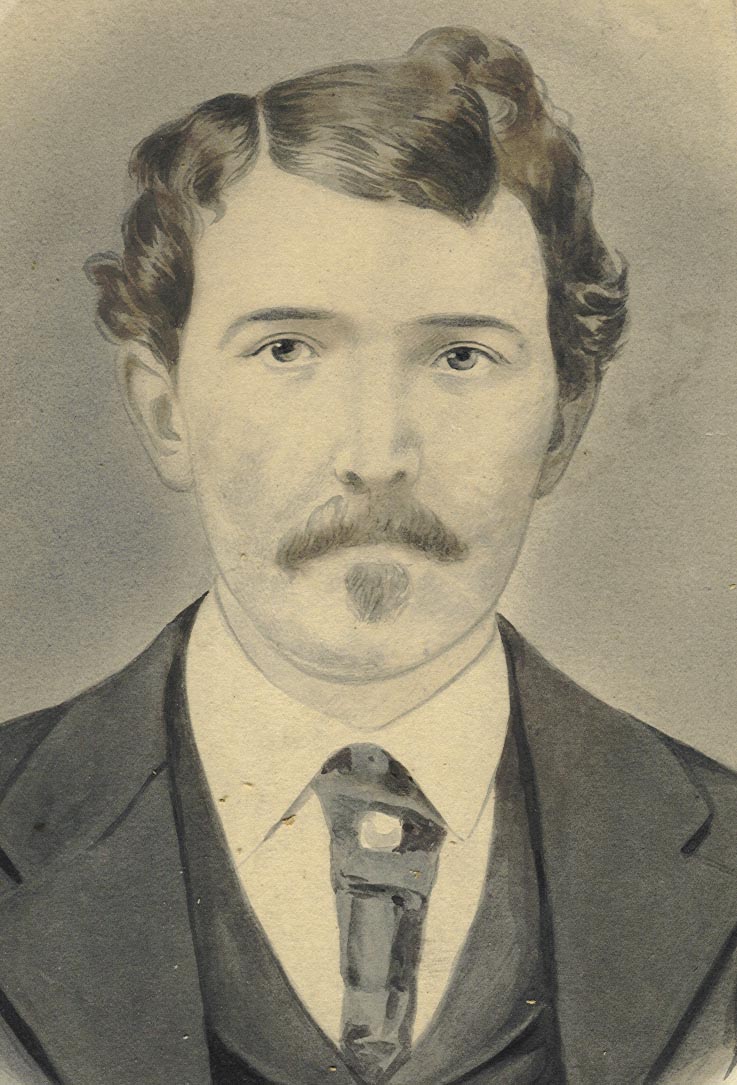SLAIN IN CICERO SALOON
"William J. Vercoe, 51 years old, a credit expert who recently ventured into business for himself and met reverses, was shot to death last night at the bar of the Pony Inn cafe, 5615 Roosevelt road, Cicero. Machine gunners killed Assistant State's Attorney William H. McSwiggin three years ago in front of the same resort, which was operated then, as it is now, by Harry Madigan and Michael Wendel.
"Hours after Vercoe died, when the county highway police had found no clues in the victim's apparently respectable past nor obtained enlightening statements from various witnesses, they declared there was only one credible theory in the murder.
"'What probably happened was that Vercoe strayed into a tough spot and spoke out of turn,' said Chief William Collins of the highway police.
Policemen Hear Shot
"Two highway policemen, James Howe and Eugene Majors, heard a single shot from the saloon as they rode past at 6:30 p.m. Finding front and rear doors locked and observing a number of persons clambering out of the windows, they pursued two of the fugitives, who identified themselves as Wendel, one of the owners, and George McNally, the bartender.
"Inside they found the Negro porter, William Johnson. Bloodstains led from the bar to a stairway, where Vercoe's body, with a bullet wound behind his left ear, lay.
"McNally said Vercoe and two companions came in fifteen minutes before the shooting. He served them a round of beer and busied himself at the bar until he was called to the women's parlor in the rear when he heard the shot, McNally said.
Attempt to Hide Body
"Wendel, who claimed he was in his office adjacent to the barroom at the moment of the shooting, joined him in attempting to remove the body, McNally said. They dragged it to concealment, cleared the place of customers, locked the doors from the inside, and fled through windows. Both men professed they had never seen Vercoe's companions before last night.
"In the slain man's pockets were cards naming him as president of the Vercoe Fuel Oil corporation, 711 (3?)1 South California avenue, and listing one Paul Freeland, 808 East 49th street, as vice president. Freeland is Vercoe's son-in-law.
"Freeland said Vercoe purchased the oil company, an $80,000 concern, last February, and was lately attempting to obtain capital to rehabilitate it. Mrs. Vercoe, he said, had been sent to Kankakee Insane asylum fourteen months ago, and Vercoe had frequented Cicero saloons since then, playing cards and endeavoring to interest his barroom acquaintances in the oil company.
"At the Rybski home it was said that for two weeks Reichel had been importuning Rybski daily to go with him to look at an automobile, but Rybski could not find time from his work to do so. Yesterday morning about 10 o'clock, Miss Rybski said Reichel called for her brother and they left together 'to see that machine.' He was not seen alive by the family after that.
"At the detective bureau, Reichel was grilled until late this morning. He steadfastly denied that he had written the extortion notes."
 |
| Saloon in Front of which McSwiggin was killed again murder scene |
"Madigan's Pony inn at 5615 West Roosevelt road, in which William J. Vercoe was found shot to death behind bar. William H. McSwiggin, assistant state's attorney, was killed in front of the saloon, where the crowd is gathered."
Source: Chicago Daily Tribune (1872-1963); March 20, 1929; ProQuest Historical Newspapers Chicago Tribune (1890-1984), page 2. Photo back page of newspaper.
EDITOR'S NOTE: This is a most peculiar report in the Chicago Tribune. In the last sentence of the article "what" extortion notes are they talking about? The whole story just sounds rather bizarre.



